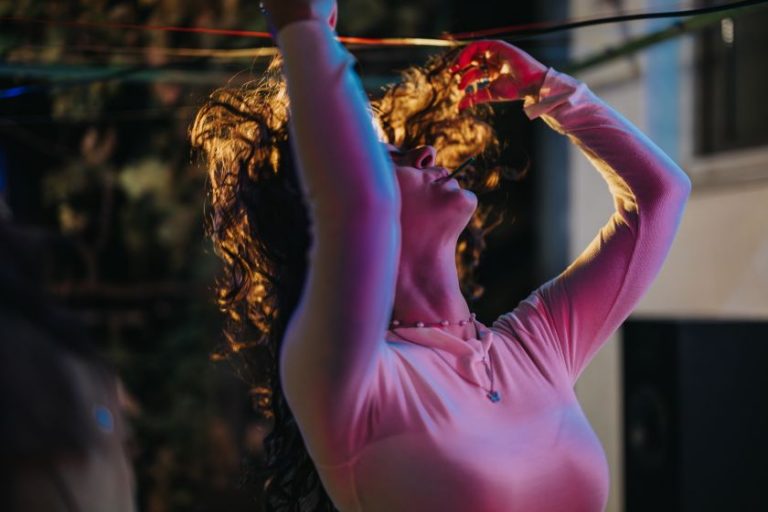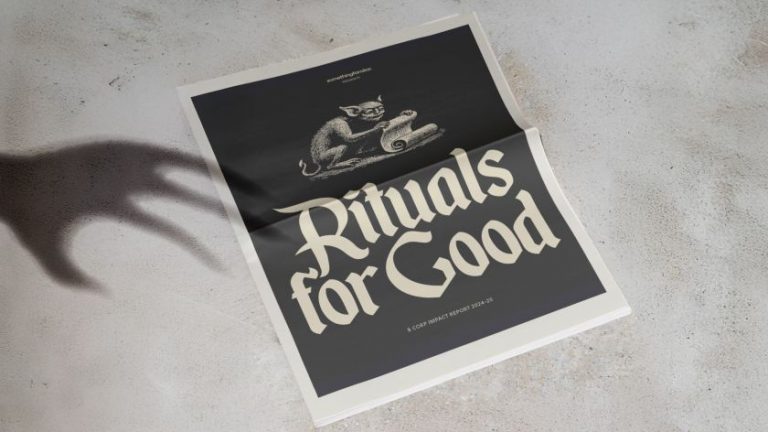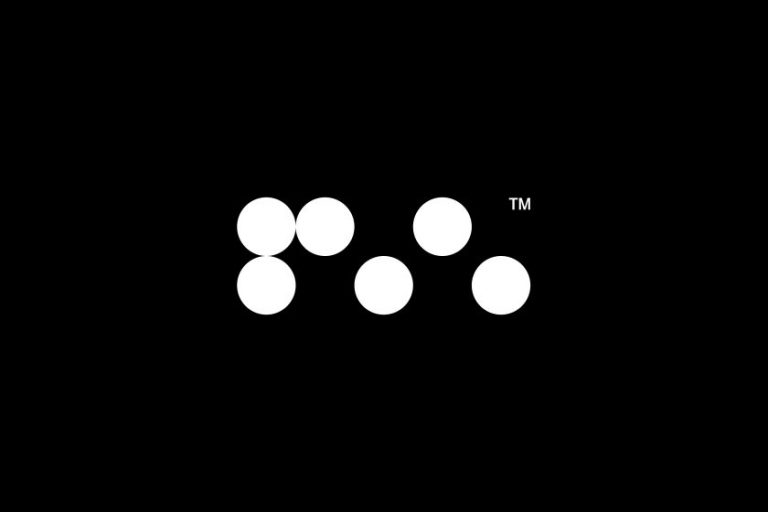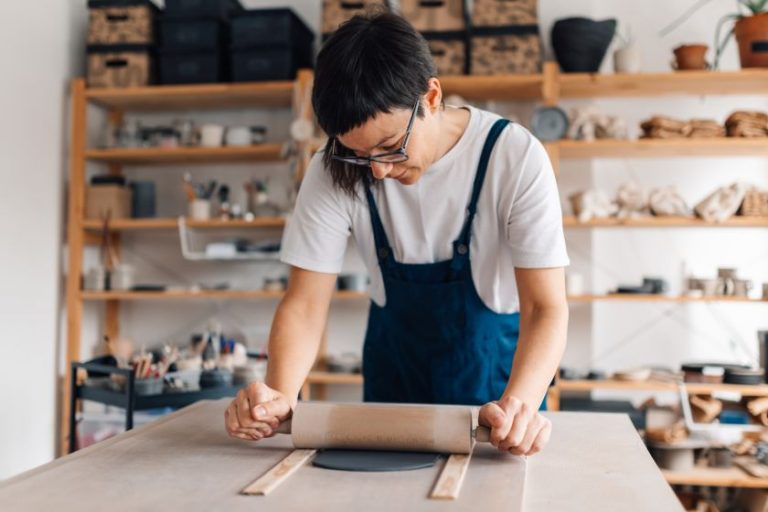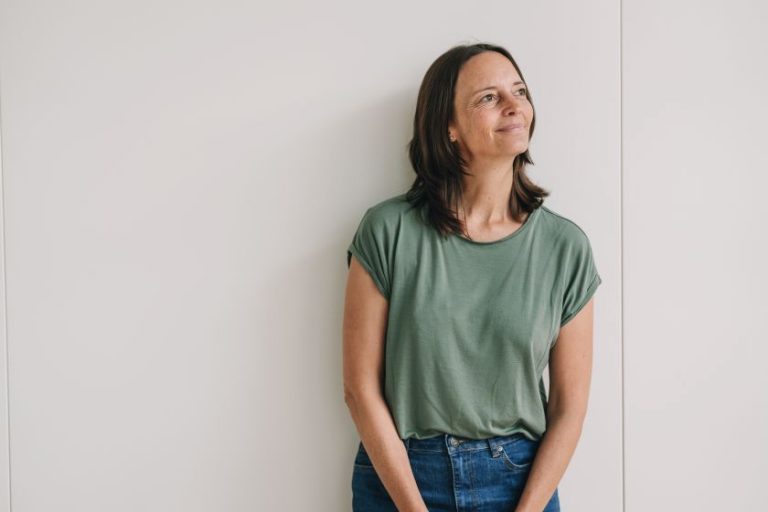Connectivity has been a key theme in Dean’s recent shows, which is visually reflected through mirrors and repeated camera feeds.
After making her debut at the Coachella festival earlier this year, Olivia Dean took to the stage again at Glastonbury last week with a set designed by London-based creative studio Unlimited Dream Company (UDC).
The studio first partnered with Olivia Dean in 2023 for the release of her Messy album tour, working closely with the artist and her creative director, Emily Braham, to translate the album into the live environment. In 2023 alone, UDC created and designed headline shows for Dean at Koko, The Roundhouse and developed the design for the Somerset House summer performance.
At the start of this year, the studio and artist regrouped to create the Messy 2.0 tour, culminating in three sold-out shows at Hammersmith Eventim Apollo and a monumental slot on the Pyramid stage at Glastonbury.
The brief defined human connection as a key source of inspiration, and Dean wanted to communicate this alongside growth with the audience, which UDC says are inherently linked. The studio’s co-founder Harrison Smith says: “The spatial layout is inspired by amphitheatre architecture, which allows all sides to be a part of the performance, with the band and the audience surrounding Olivia.
“To build upon the audience’s connection and inclusion, we wanted to create a view from the stage and break the separation of the stage from the audience.”
He describes Olivia’s aesthetic as “natural, raw, and organic”, which mirrors the instrumentation and audio production. This analogue and textured style informed the material and construction choices in the set.
One of the most prominent features of the production design was a series of mirrored panels reflecting the band, Olivia, and the audience, evoking a feeling of connection between all three. Where UDC could not transport the mirrored production design, the studio created a video version of the show.
Smith explains how a camera was placed upstage of Olivia, “specifically using the vintage prime lens for the authentic look with natural lens aberrations, halation, and film grain”. He adds that the screen design reflected a version of the mirrored panels through a series of sliced and repeated camera feeds.
These feeds began as more complex compositions before becoming clearer and focused on Olivia during the middle of the set. According to Smith, this was to reflect the more introspective nature of the tracks in this section of the set. The complex composition layouts then returned towards the end of the show.
UDC co-founder George Thomson highlights the curved risers, finished in earthy lime wash, as another key feature, noting how the studio used their complex modular setup for the various venues around Europe and the UK. “Made from a series of curves that seamlessly flow together, they symbolise the fluid and dynamic nature of human connection and growth and the organic and evolving relationship between Olivia, her band, and the audience, reflecting the natural progression of her music and performance”, says Thomson.
These replaced the regular square-edged risers used in previous tours, which UDC felt were too rigid and didn’t match the flow of the music and the inclusive nature of the performance. Lighting direction for the show was devised to create a connective atmosphere and mood without distraction.
Speaking on the creative challenges of this project, Thomson says that “across any tour, there is always a challenge in creating a versatile design that can be modular for the various shapes and sizes of the many venues around the world”. He explains how the risers’ modular aspect had four variations of how they could be reduced and fit back together with the seamless curved forms.
“Another consideration is developing and subtly evolving Olivia’s aesthetic for live performances as she grows and develops as an artist”, says Thomson.

